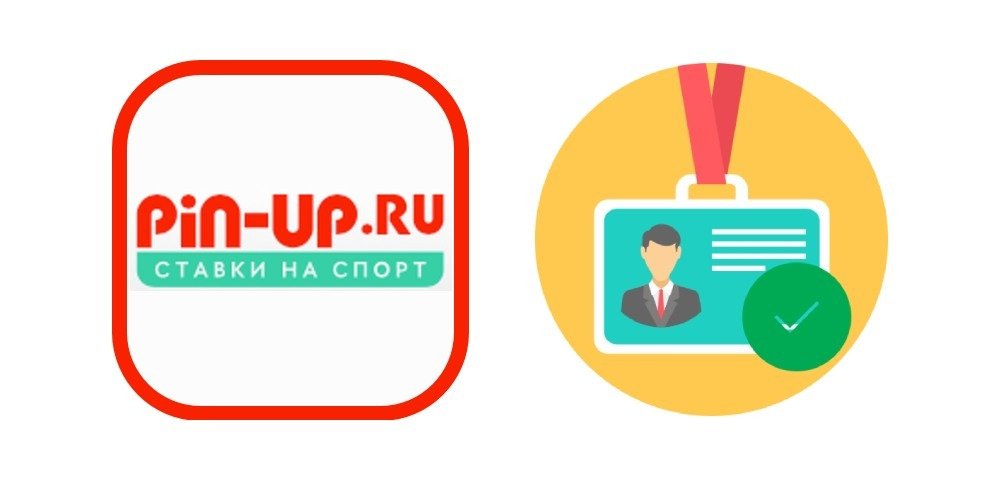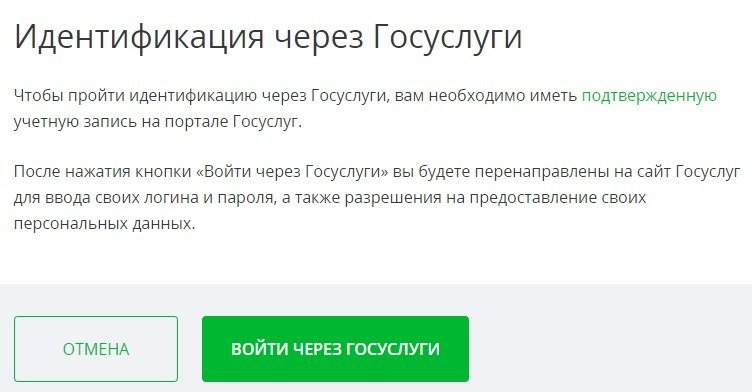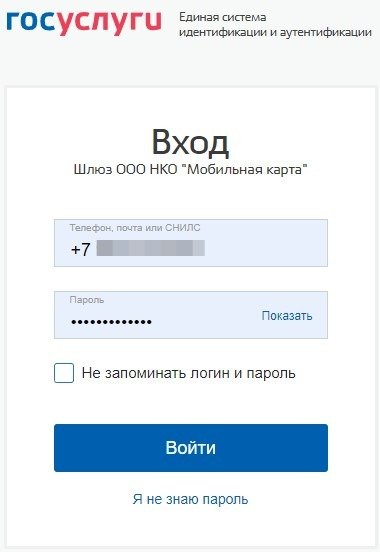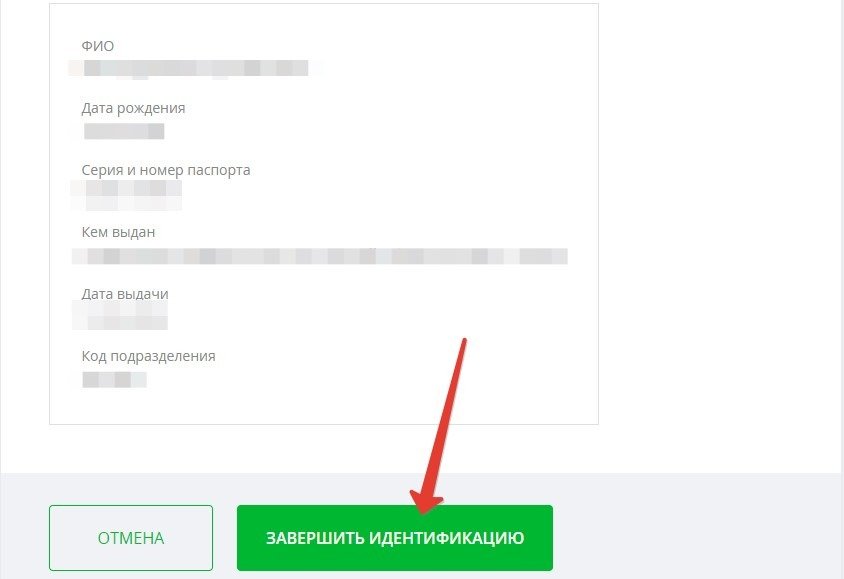Идентификация (верификация) в БК Пин-ап: пошаговая инструкция
БК Пин-ап работает по лицензии ФНС России. Делать ставки на спорт могут только зарегистрированные пользователи. Для использования услуг в полном объеме клиенту необходимо пройти верификацию. Простыми словами – подтвердить личность путем идентификации. Как это сделать, читайте в нашем материале.
Как зарегистрироваться на сайте Pin-up.ru?
Каждый новый пользователь букмекерской конторы Пин-ап может рассчитывать на приветственный бонус в 100% от суммы начального депозита. Максимум компания дает 30 тыс. рублей. Для получения вознаграждения клиенту нужно:
- Зарегистрироваться на сайте оператора.
- Пополнить баланс игрового счета.
- Отыграть полученный бонус.
Условия отыгрыша прозрачные. Беттеру необходимо показать пятикратный оборот бонусов. Учитываются победные и проигрышные пари с коэффициентами 1.4 и выше. Причем ставить можно только на экспрессы. Ординары в отыгрыше не участвуют. На раскрутку оборота до нужных значений оператор выделяет 30 суток. Отчет начинается с момента зачисления денег на игровой баланс.
Теперь несколько слов необходимо сказать о процедуре создания аккаунта игрового счета. Клиенту необходимо выполнить следующие действия:
- Зайти на официальный сайт Pin-up.ru.
- Нажать на кнопку «Регистрация» (расположена в правом верхнем углу).
- Указать номер телефона и щелкнуть «Продолжить».
- Ввести код из СМС.
Регистрация завершится, если у игрока уже есть аккаунт в ЕЦУПИС. В противном случае беттера переведут на сайт регулятора и попросят заполнить простую форму.
Способы идентификации в БК Пин-ап
Букмекер Пин-ап предлагает клиентам 2 вида идентификации: полная и упрощенная. В последнем случае на клиента накладывают определенные ограничения по лимитам для операций. Коэффициенты и роспись остаются прежними. По упрощенной идентификации общий размер ограничений по операциям достигает отметки в 200 тысяч рублей за месяц. Сюда относятся снятия выигрышей и пополнения баланса.
В тему: БК Pin-up.ru обновила сайт
Упрощенную идентификацию можно пройти 3 способами. Клиенты могут:
- обратиться в офис ЕЦУПИС (потребуется паспорт);
- через информационные системы ЕЦУПИС (понадобится паспорт и ИНН);
- через сайт Госуслуги.
Последний подход считается одним из самых простых. Кратко расскажем о правилах работы на примере:
- Заходим в «Личный кабинет» на сайте регулятора.
- Нажимаем на стрелочку, расположенную рядом с номером телефона, и в появившемся меню выбирает раздел «Настройки».
- Пролистываем страницу вниз и нажимаем на кнопку «Пройти идентификацию» на Госуслуги.
- Далее пользователю нужно нажать на кнопку «Войти через Госуслуги». Для прохождения такого типа идентификации клиенту необходимо иметь подтвержденную учетную запись на портале. В противном случае провести идентификацию не получится.
- После посетителя сайта переведут на страницу «Госуслуг». Клиента предупредят, что в ход в личный кабинет осуществляется через систему ООО НКО «Мобильная карта». Для получения доступа игроку остается указать номер телефона и пароль от портала «Госуслуги».
- Обработка данных идет несколько минут. Пользователю остается только проверить корректность введенных паспортных данных. После чего следует нажать на кнопку «Завершить идентификацию».
С изменением законов начал действовать новый регламент. Теперь платежи клиентов проходят только через «Единый ЦУПИС». Способ пополнения баланса роли не играет. После упрощенной идентификации пользователям доступны:
- 60 тыс. рублей на одну операцию;
- 200 тыс. рублей на операции за месяц.
Для снятия лимитов клиентам нужно пройти полную верификацию. В случае с букмекерской конторой Пин-ап.ру это удастся сделать только при личном обращении. Игроку необходимо взять паспорт, сотовый телефон, на который зарегистрирован аккаунт, и отправиться в любой из офисов партнеров компании. Пройти процедуру удастся в салоне «Связной» или пунктах приема платежей «Contact».
В тему: Блог букмекерской конторы. У кого он лучше?
Работнику организации нужно предъявить паспорт и попросить провести полную идентификацию личности в ЕЦУПИС. Далее остается только дождаться окончания процедуры. Обычно на все уходит не более нескольких минут. Затем аккаунту присваивается статус полной идентификации. Лимиты регулятор снимет. Пользователи могут переводить любые суммы без ограничений.
Важно учесть другой момент – в ряде случаев за прохождение полной верификации придется заплатить. Стоимость услуги – не более 300 рублей. Деньги нужно отдать оператору «Связного» или «Contact».
Зачем нужна полная верификация?
Некоторым беттерам полная верификация на сайте Pin-up.ru не нужна в принципе. Игроки не используют больших сумм, да и к самому беттингу относятся, как к развлечению. Способом заработка ставки на спорт эти люди не считают. В таких случаях хватит частичной идентификации. Проходить полную процедуру нужно, если человек стремится зарабатывать на спортивных пари и сделать этот вариант получения дохода одним из основных. В остальных случаях в ней нет никакой необходимости.
Фрибет можно использовать только 1 раз на всю сумму одновременно.
Кейс симулятор 2 Mobile Simulated · Симуляторы
Content Пин ап казино играть онлайн на деньги Пин ап казино мобильная версия Лимиты для пополнения и вывода счета в Pin Up Как Зарегистрироваться В Пин Ап Казино И Сделать Ставку В Казахстане Что делать, если не получилось выполнить вход в Pin Up казино? Какая игра в Pin up дает выигрыш? Пин ап букмекерская контора […]
Чаще всего новые беттеры не знают как и где найти новое зеркало клуба PinUp. Для новичков мы расскажем ниже о нескольких способах как присоединиться к остатным игрокам БК Pin Up, причем при помощи регистрации в 1 клик или уже к существующему старому аккаунту клиента Пинап.
Также известно, что компания планирует потратить на рекламу порядка одного миллиарда рублей. Проект ориентирован на молодых людей. В планах букмекера занять от 5% до 7% российского онлайн-рынка.
HTTP Headers
Другие запросы похожие на Пинап Бонус Win Tg Avr150 ищут:
- Пин Ап Ставки На Спорт Официальный
- Пин Ап Лига Ставок
- Букмекера Пин Ап
- Лига Ставок Pin Up
- Пинап Точка Ру Ставки На Спорт
2 дня удачи! 15 и 16 января 2022 года букмекер «Pin-Up» дарит фрибет в 3000 рублей.
Это классическая «клубничка», которая популярна во всех онлайн-казино, включая Pin Up.







